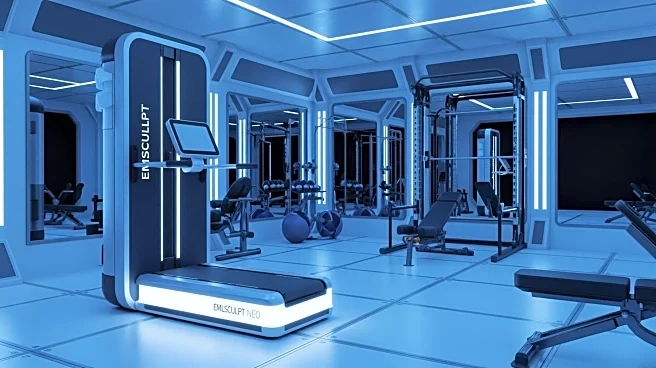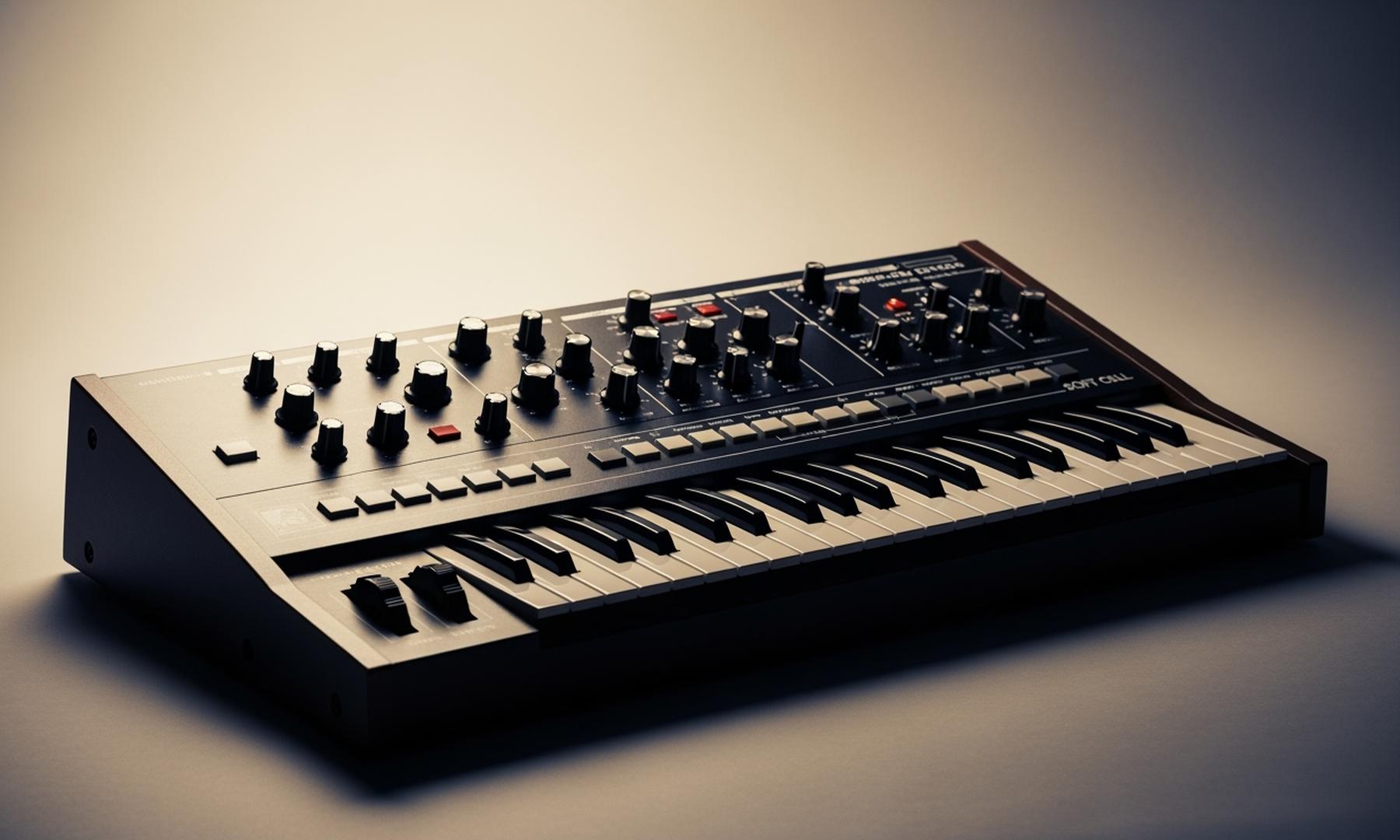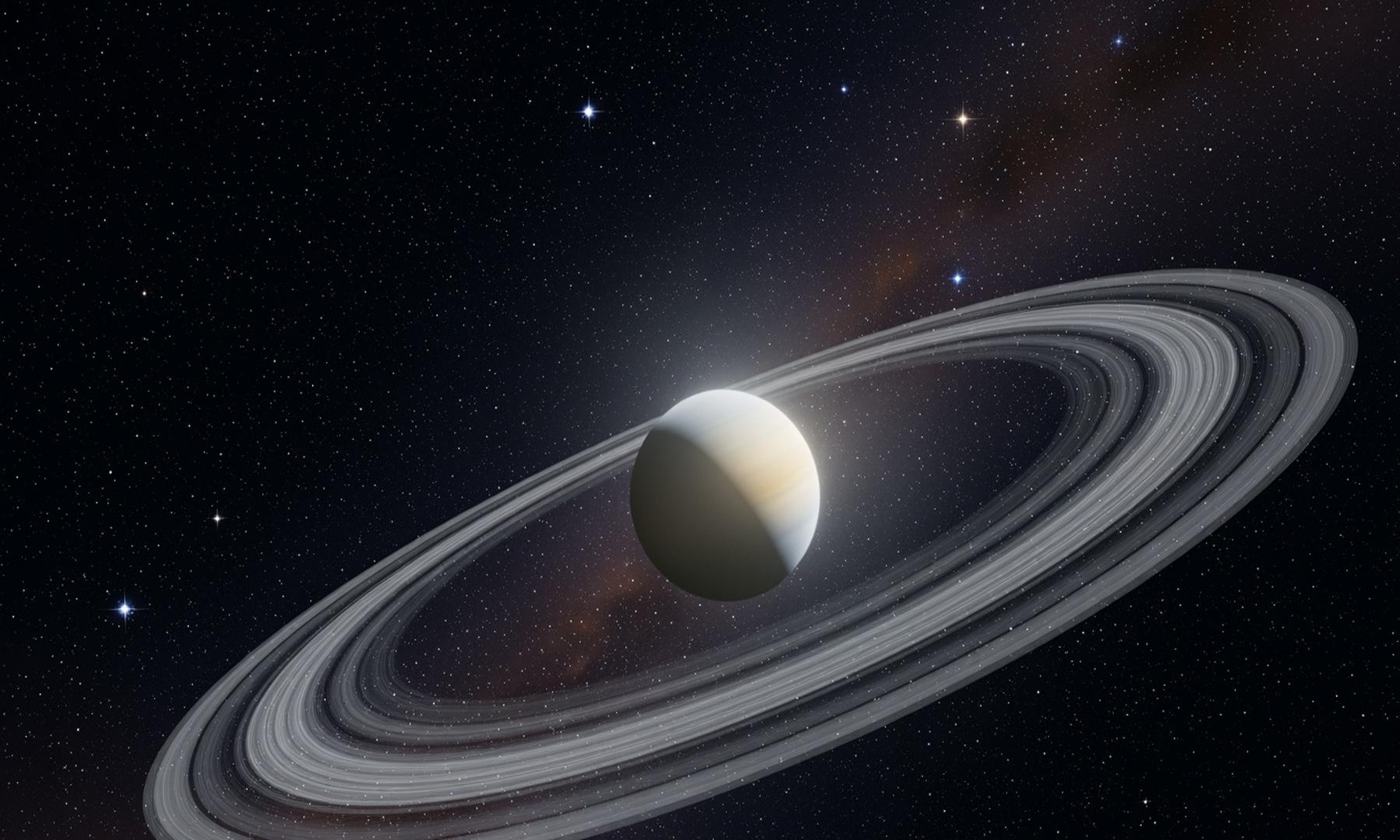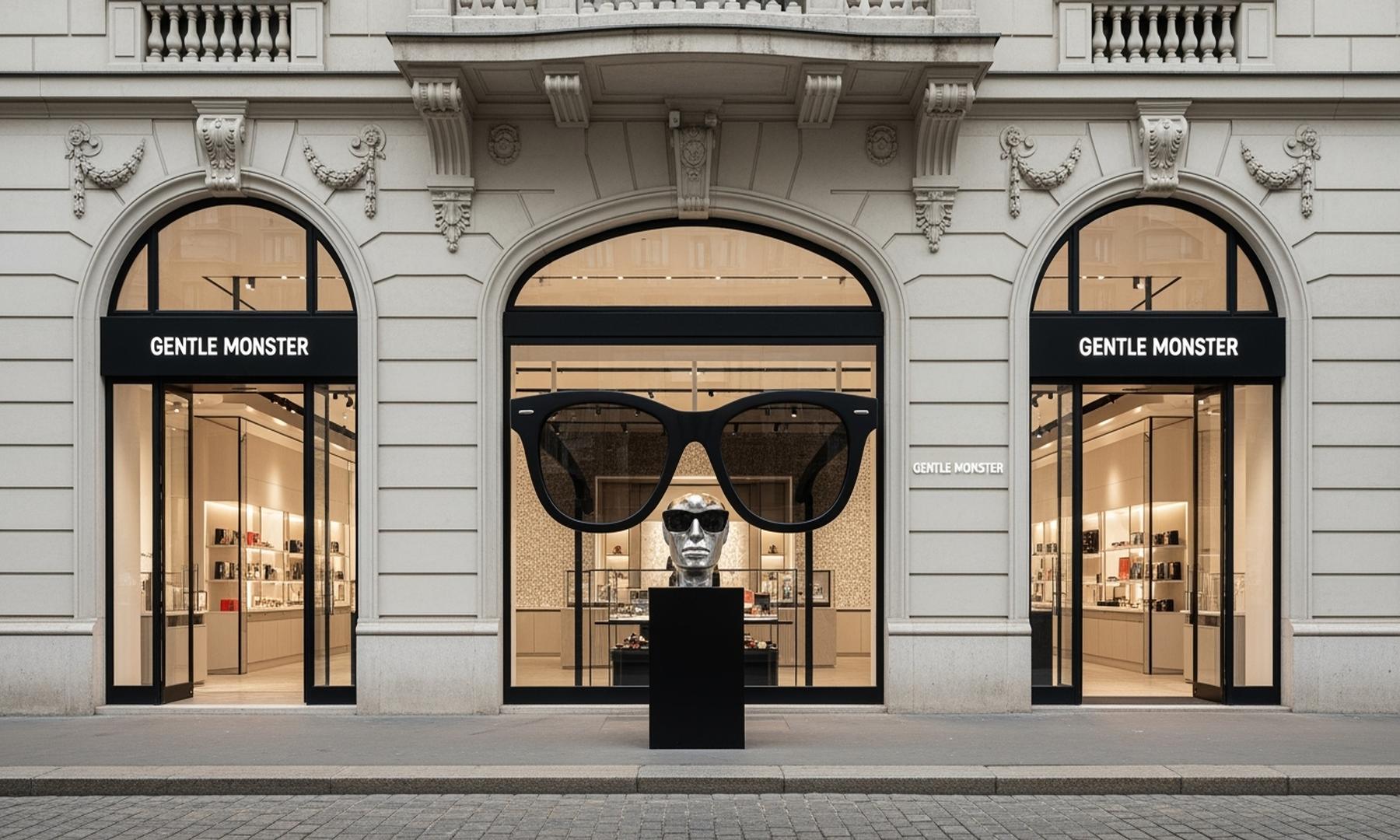What's Happening?
Hungary's new research astronaut, Tibor Kapu, has incorporated the EMSCULPT NEO device into his pre-flight training regimen for an upcoming mission to the International Space Station (ISS). This device,
developed by BTL, uses radiofrequency and muscle-stimulating pulses to enhance muscle hypertrophy, improve body composition, and increase cardiopulmonary fitness. The technology aims to combat the significant muscle loss astronauts experience in microgravity, which can reach up to 30% over extended missions. Kapu's mission, Axiom Mission 4, marks Hungary's first astronaut in space in 45 years and includes a diverse international crew. The mission is part of a broader trend towards commercial space travel, with private companies like Axiom Space facilitating these missions.
Why It's Important?
The use of EMSCULPT NEO represents a significant advancement in addressing the challenges of muscle atrophy in space, a critical issue for long-duration missions. This technology not only benefits astronauts but also has potential applications for elite athletes and individuals facing muscle loss on Earth. The mission itself underscores the growing role of private companies in space exploration, paving the way for a commercial future for the ISS. This shift could lead to more frequent and cost-effective access to space, fostering innovation and collaboration across nations. The involvement of private entities like Axiom Space highlights the evolving landscape of space exploration, where commercial interests are increasingly intertwined with scientific and governmental objectives.
What's Next?
As private missions like Axiom Mission 4 become more common, NASA and other space agencies are likely to continue exploring partnerships with commercial entities. This could lead to a more sustainable model for space exploration, with private companies playing a crucial role in maintaining and operating space stations. The success of technologies like EMSCULPT NEO in space could also drive further research and development in non-invasive fitness solutions, potentially benefiting a wide range of industries, from healthcare to sports. The continued growth of the space tourism market, projected to expand significantly in the coming years, will also be closely watched by investors and policymakers.
Beyond the Headlines
The integration of advanced fitness technologies like EMSCULPT NEO into space missions highlights the broader trend of technological innovation in addressing human health challenges. This development raises ethical and practical questions about the accessibility and affordability of such technologies for broader populations. As space becomes more commercialized, there is also a need to consider the regulatory and safety implications of increased private sector involvement. The potential for these technologies to be adapted for use on Earth could lead to significant shifts in how we approach fitness and rehabilitation, offering new solutions for age-related muscle decline and other health issues.












